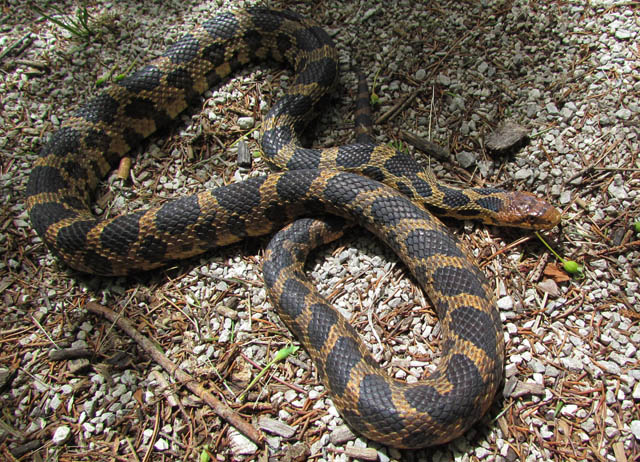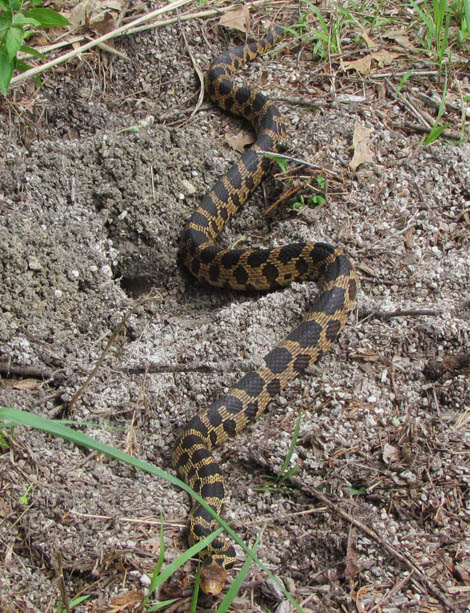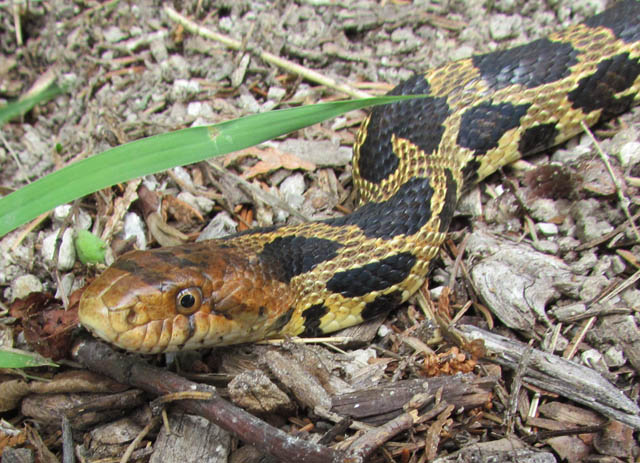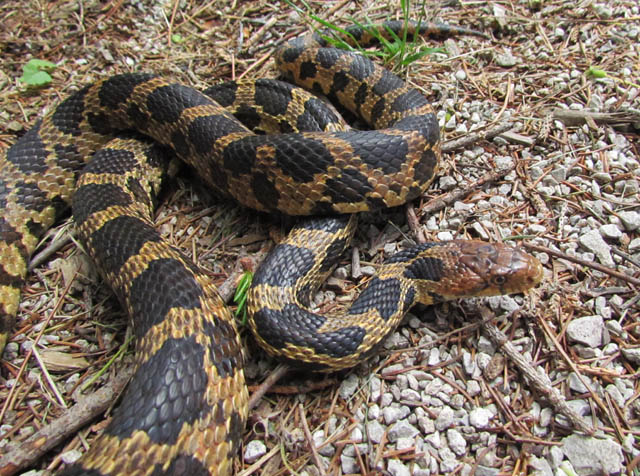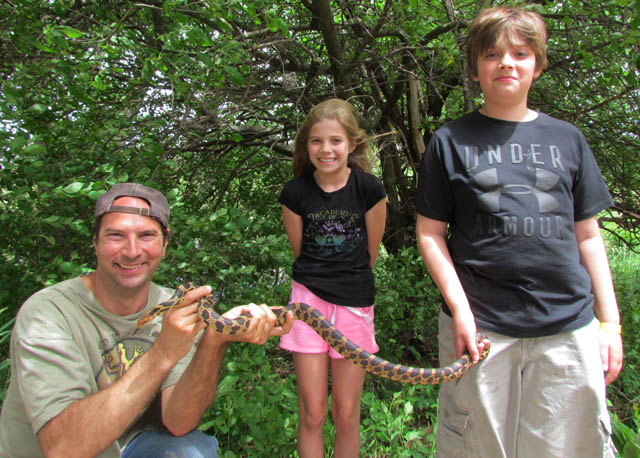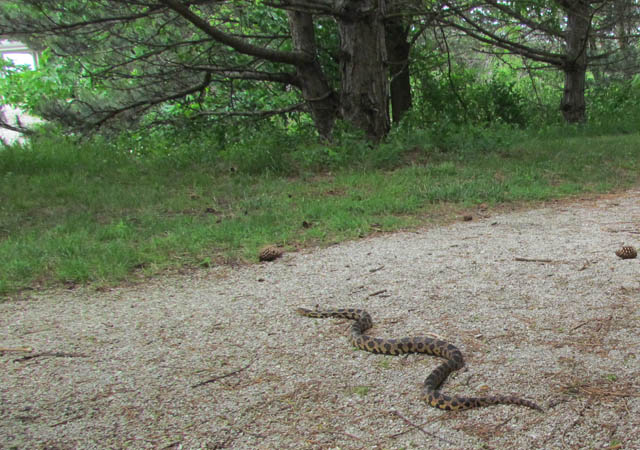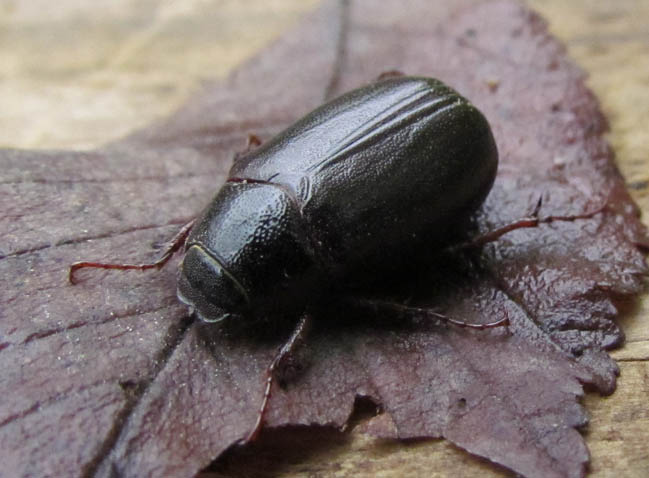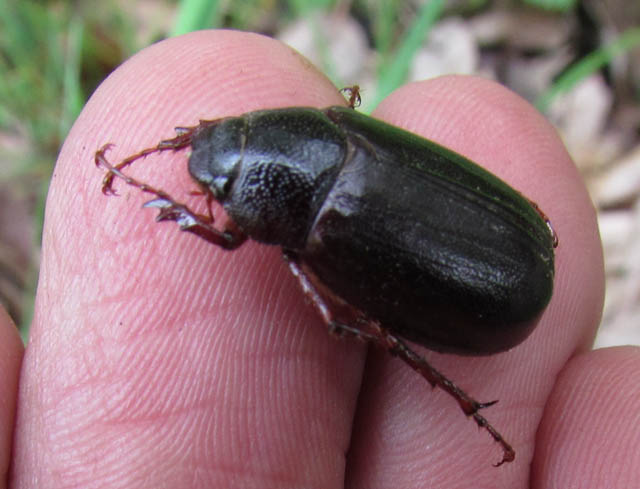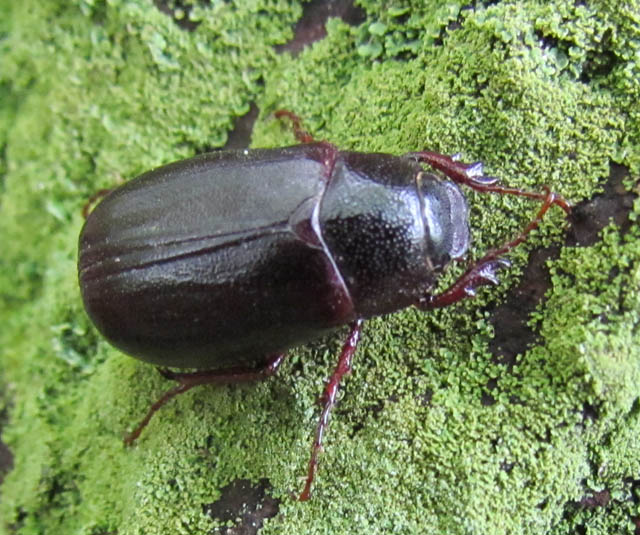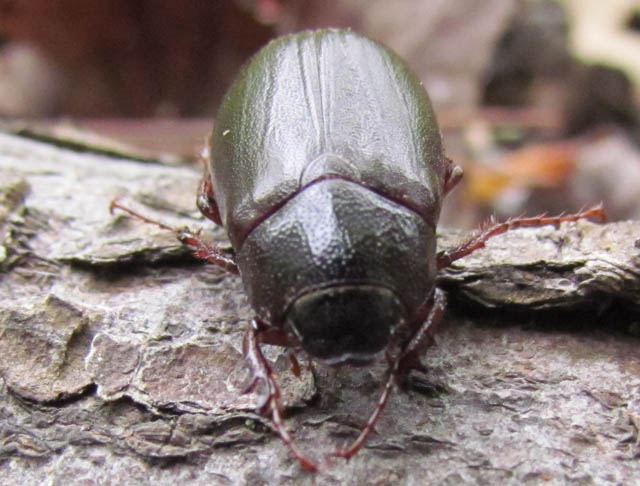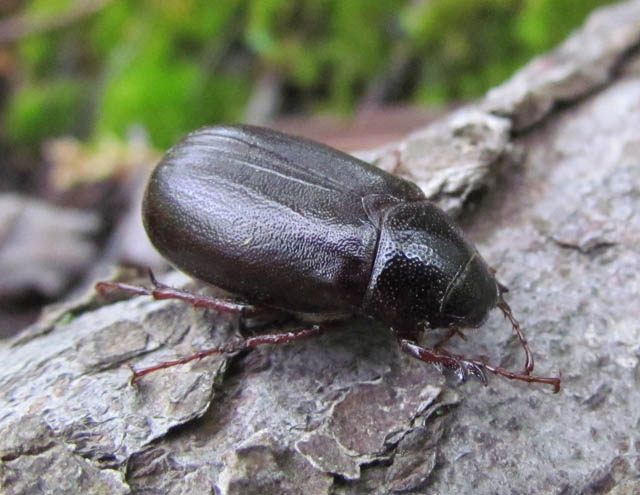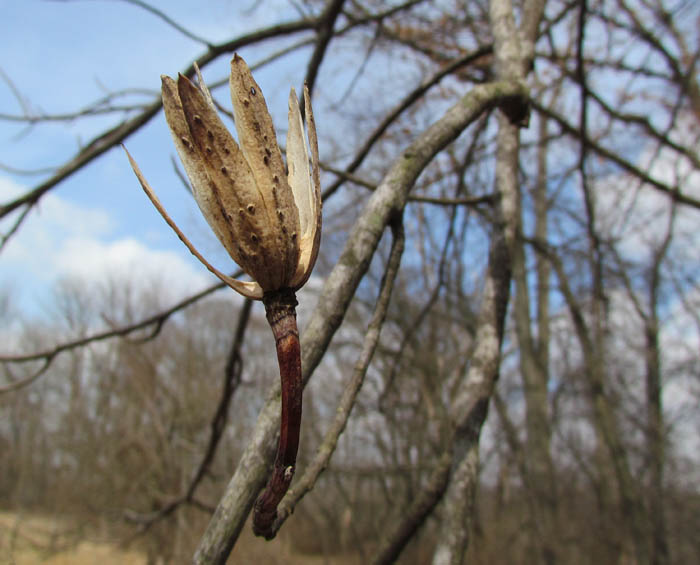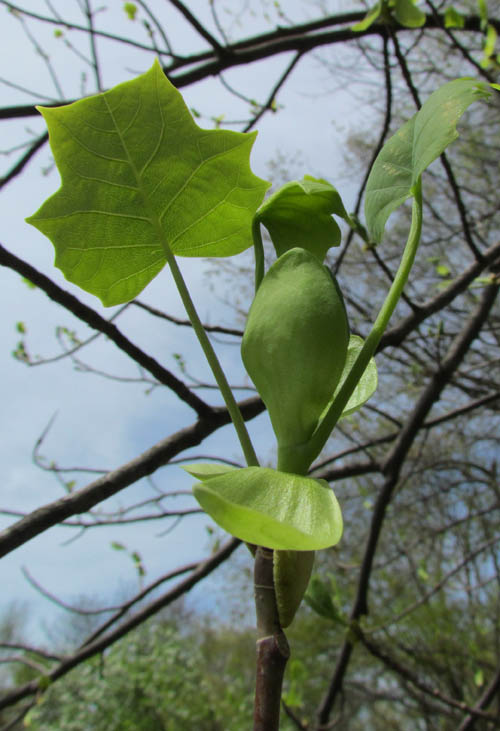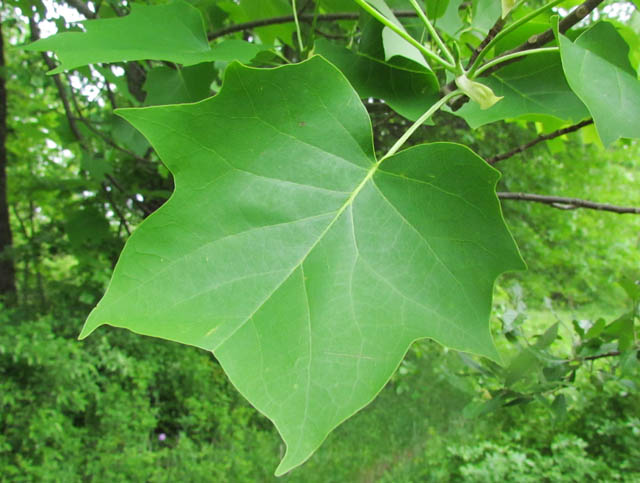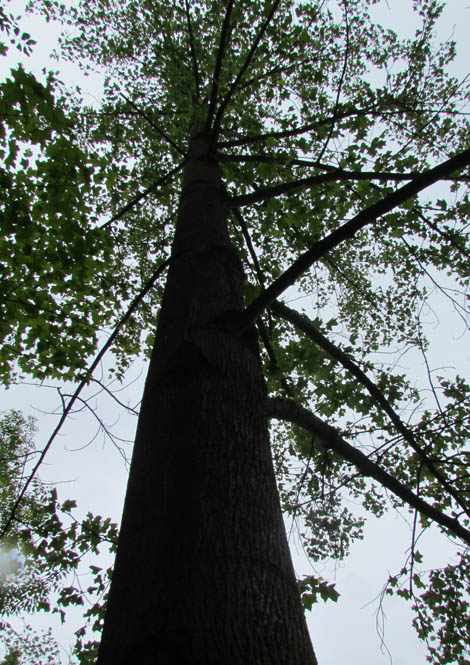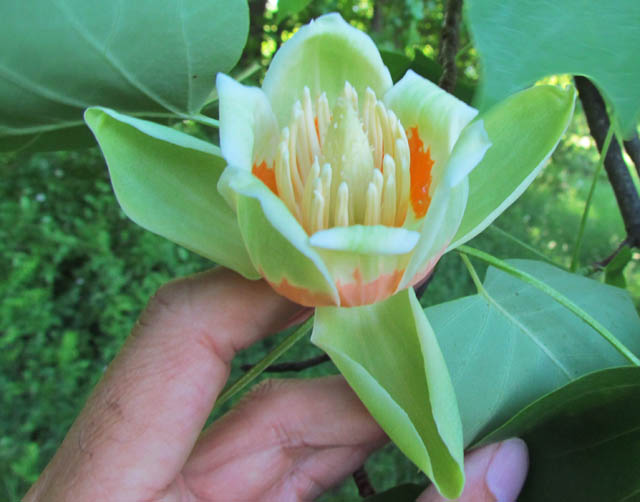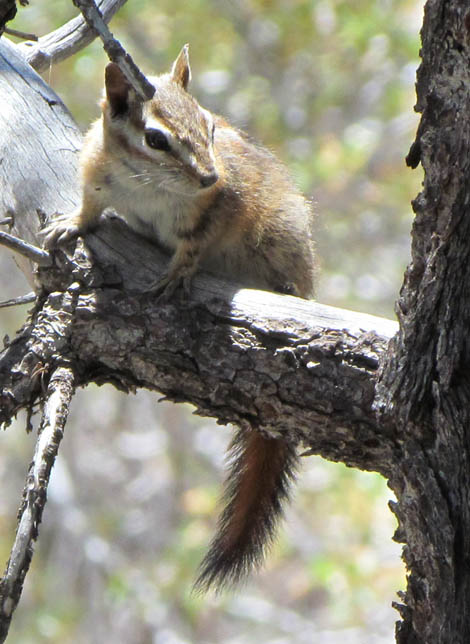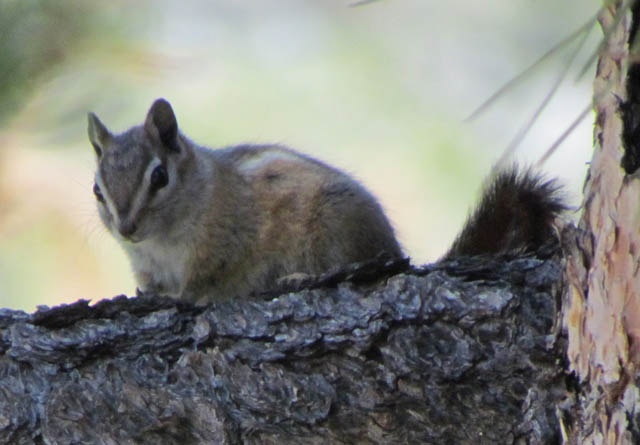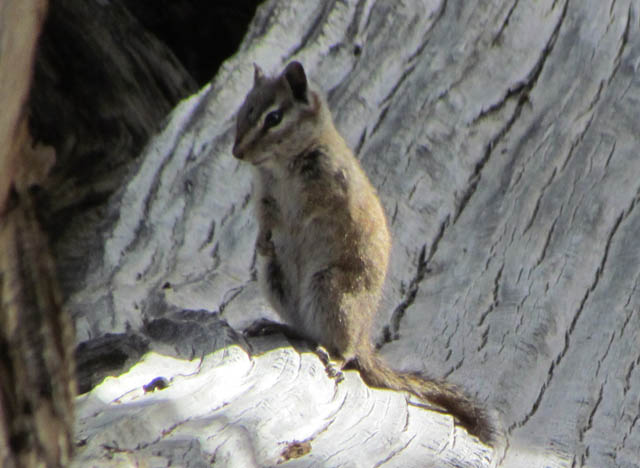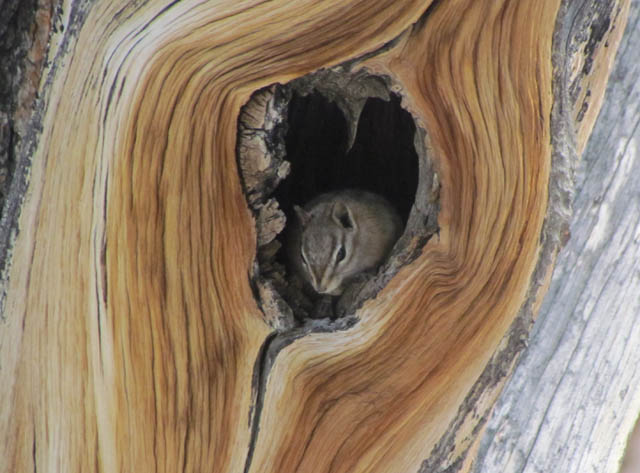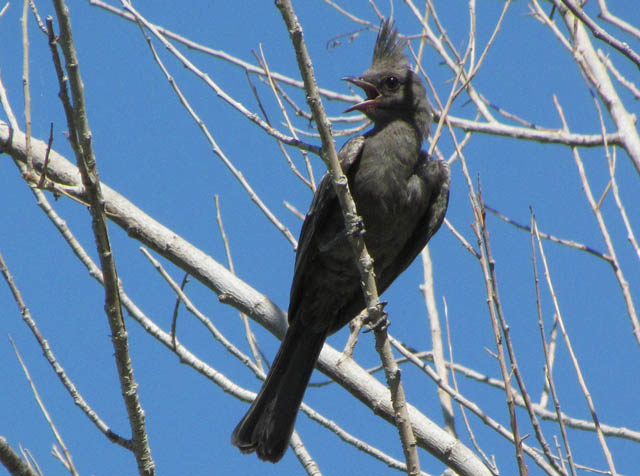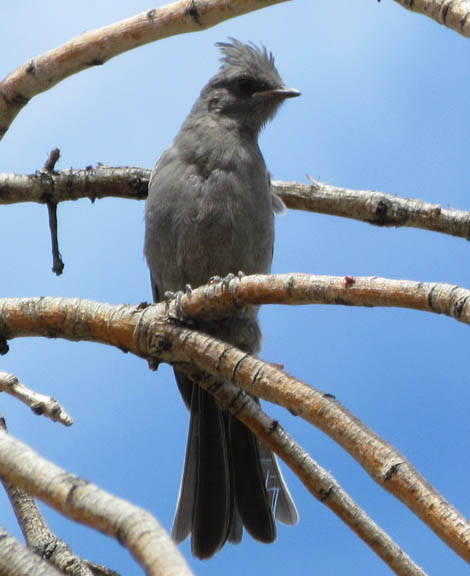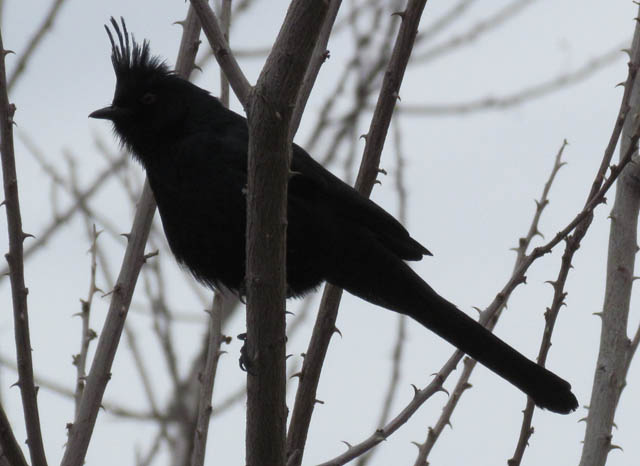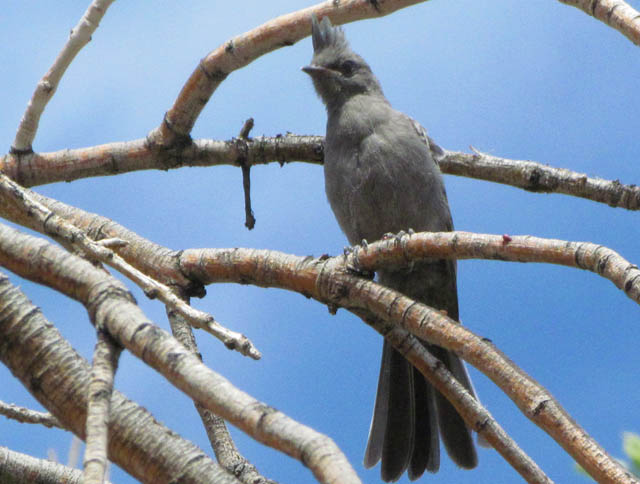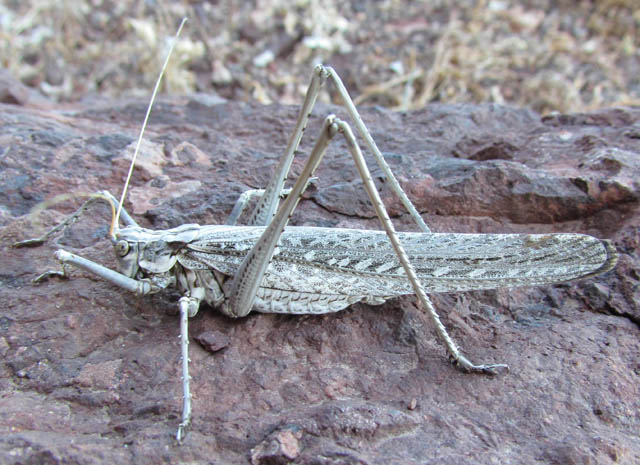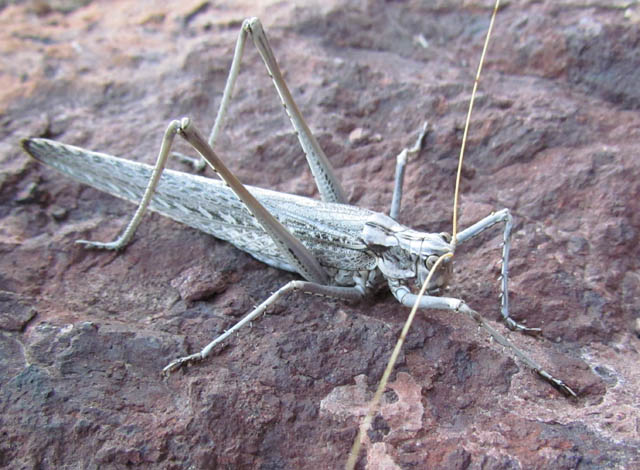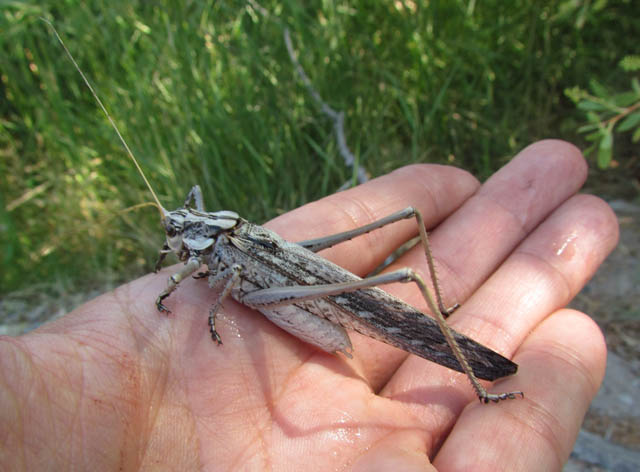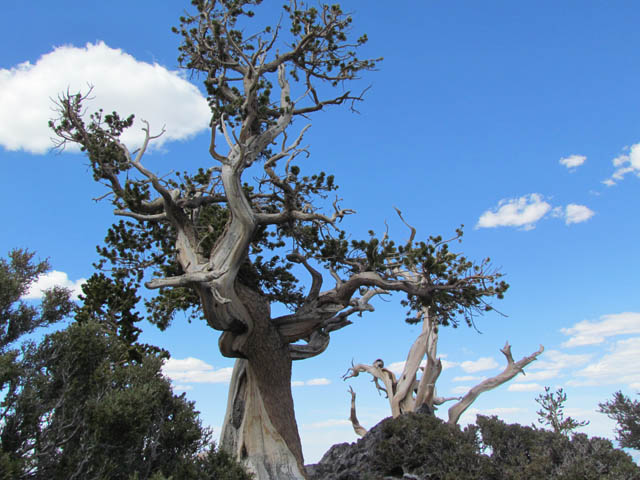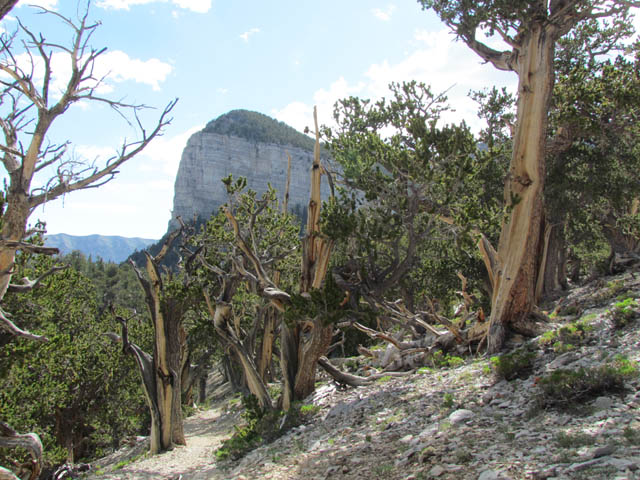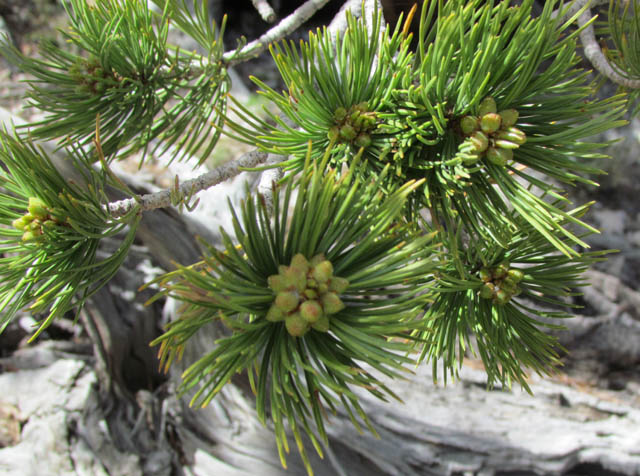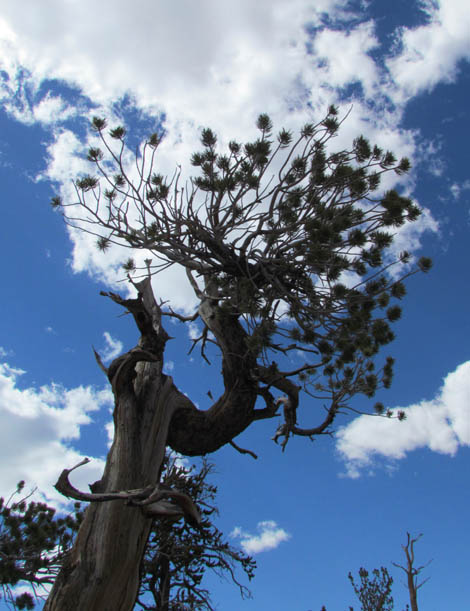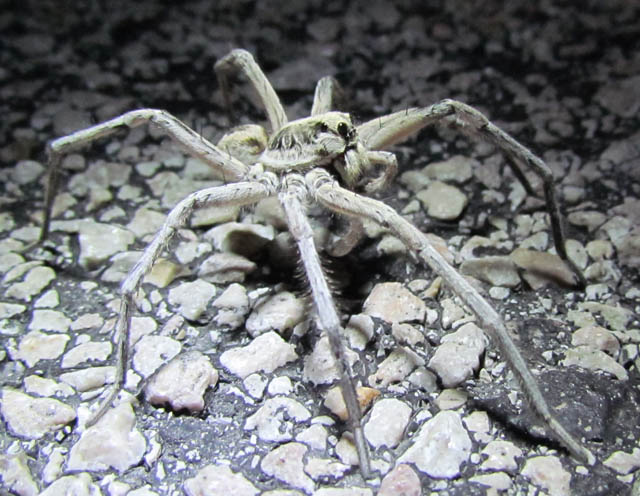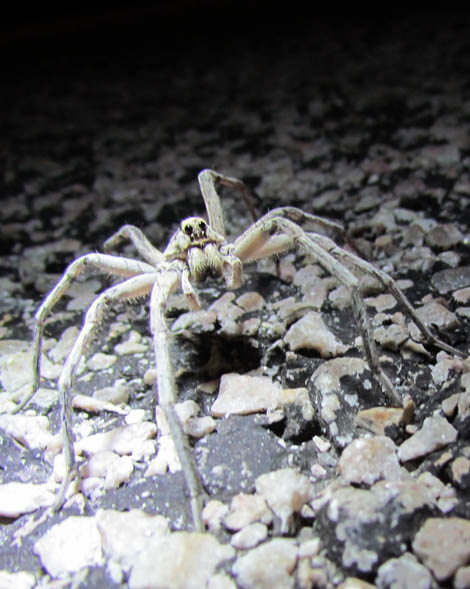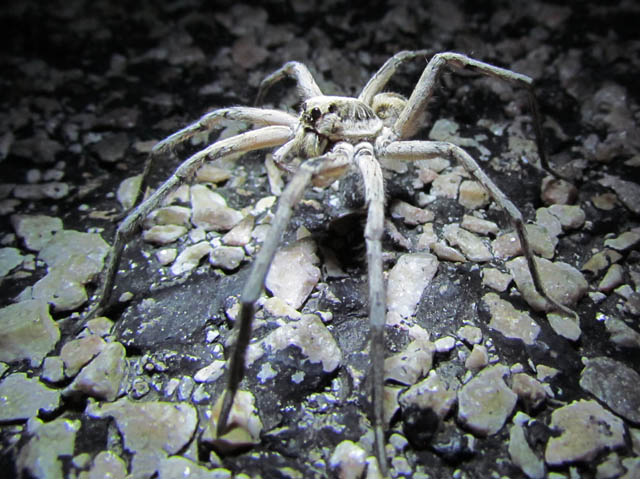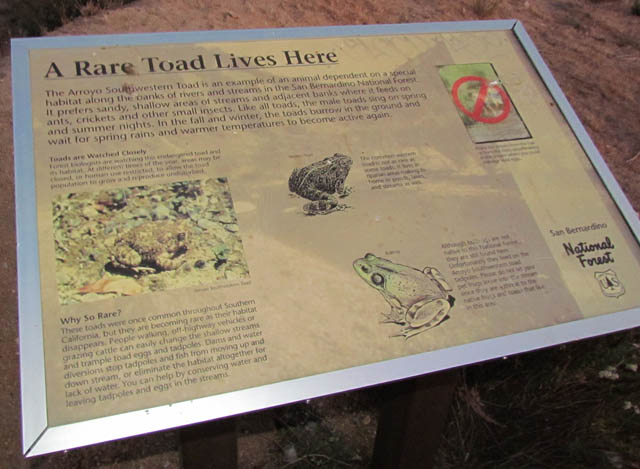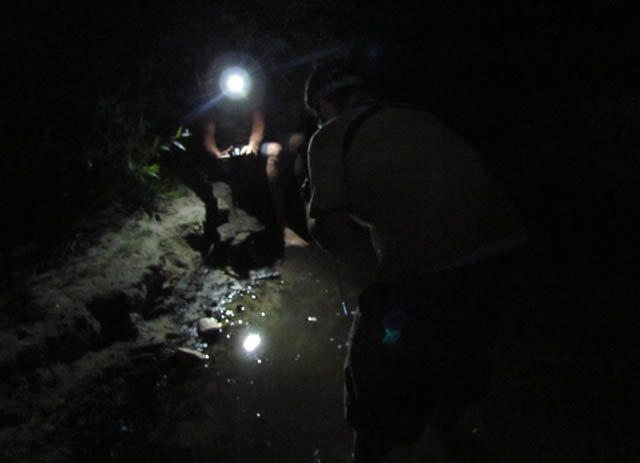Listed as a “Species of Concern” by the Ohio Division of Wildlife, this reptile has a limited distribution around Lakes Erie and Huron in the United States and Canada. In Ohio, it is known from Lucas, Wood, Ottawa, Sandusky and Erie counties.
I was vacationing in this snake’s habitat earlier in the month and I came across one crawling alongside a hiking trail. Eastern Fox Snakes are major predators of small rodents, which can be agricultural pests. The fox snake is an excellent climber and a good swimmer, but it is seen more often on the ground. It frequents fields near streams and marshes.
This constrictor is one of Ohio’s largest snakes and may grow to over five feet long. Its color is a yellowish to golden brown, with series of large dark brown blotches. The head is often more red or “coppery” than the body.
One of the defense mechanisms of the fox snake is to vibrate its tail as a warning to potential predators. This creates a sound similar to that of a rattlesnake by the rustling of the leaves beneath the snake.
When an Eastern Fox Snake is threatened it will secrete a strong substance which some say smells like the musty scent of a fox, hence the name “fox snake.”
It was awesome to come across one of these snakes once again in the wild and better still to share the experience with my niece and nephew.


